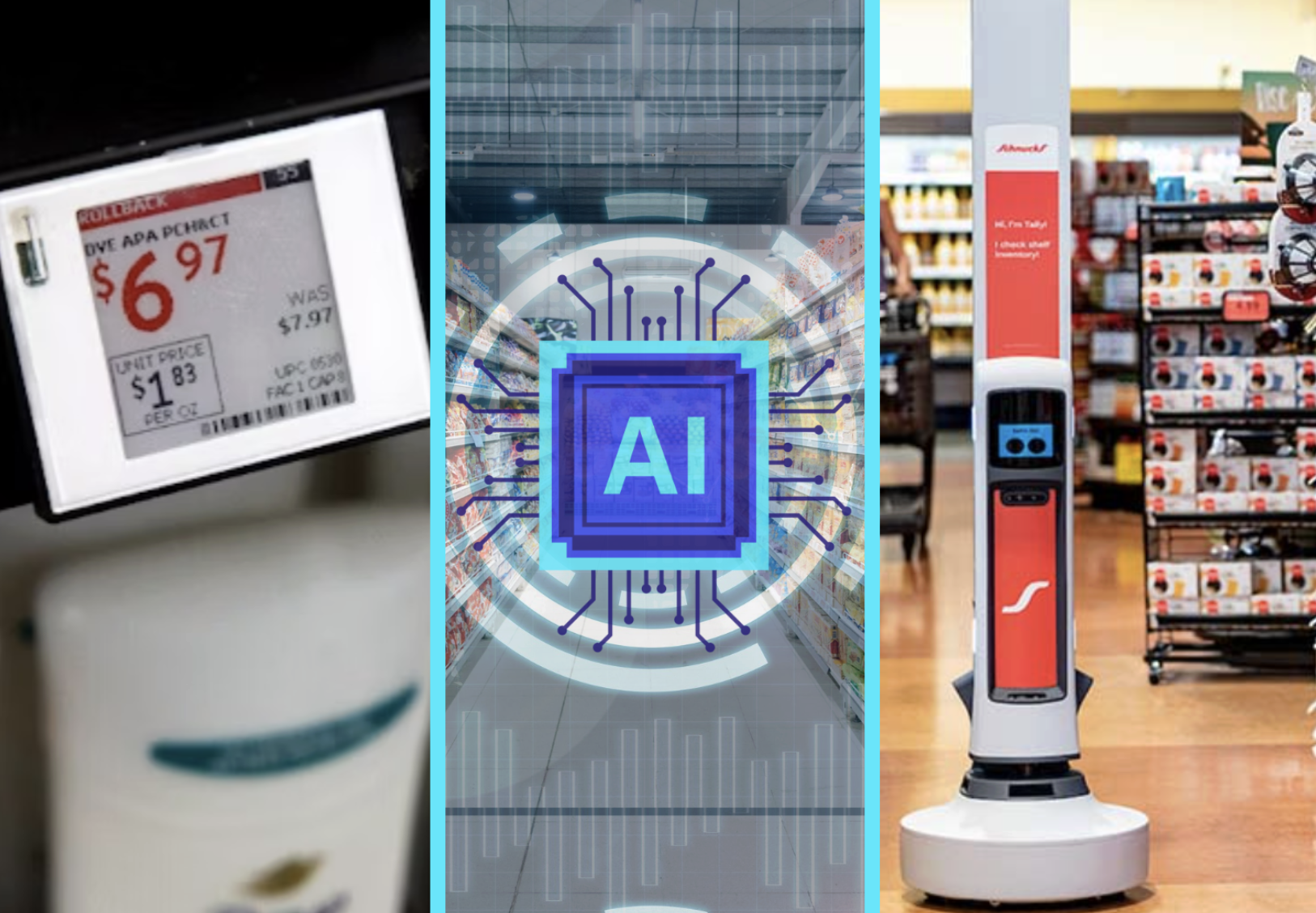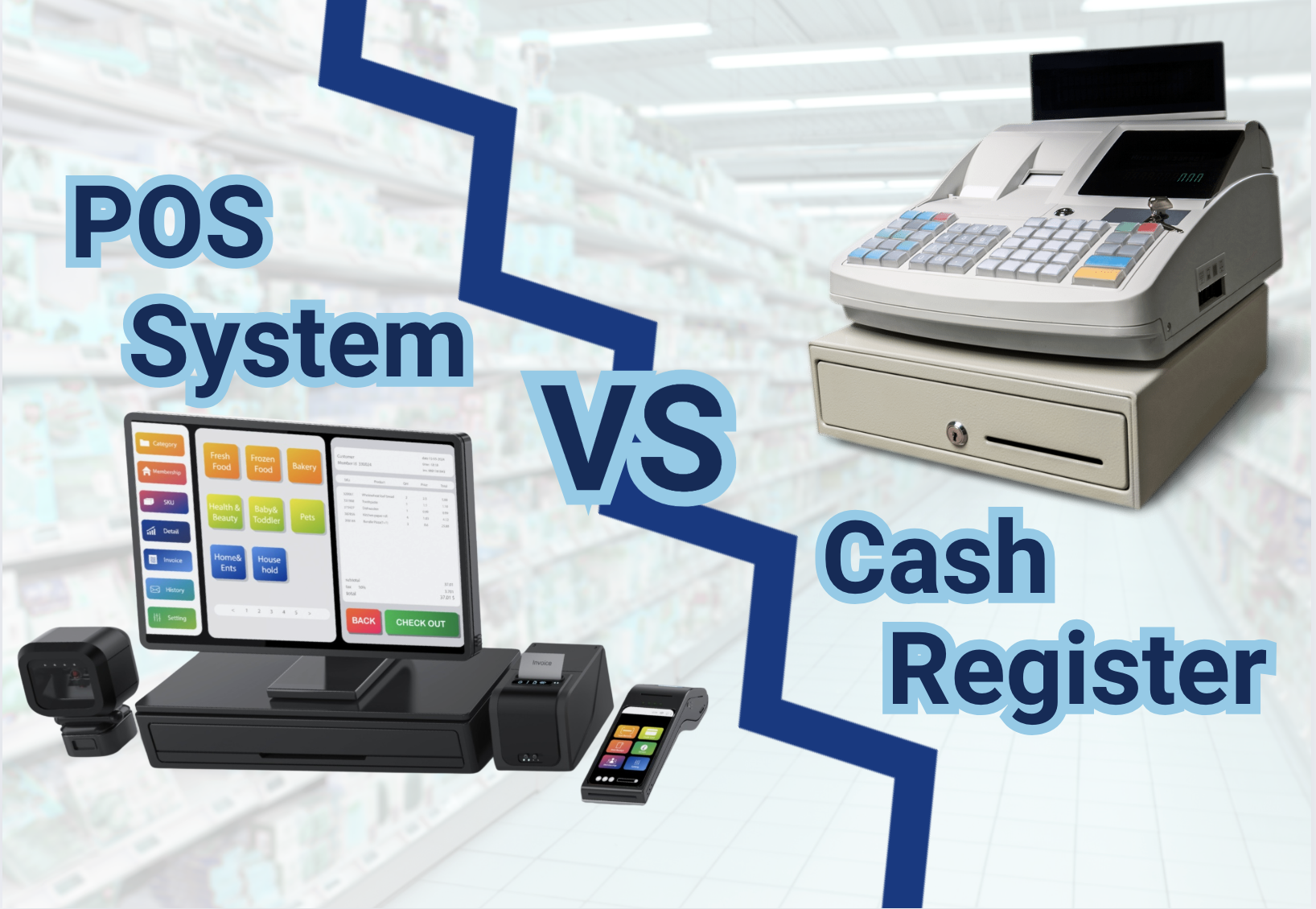
When it comes to retail, larger chains often set the pace for innovation. From robots roaming aisles to artificial intelligence predicting customer demand, stores like Schnucks, Kroger, and Publix are investing in technology to keep their operations efficient and their customers happy. At first glance, it may seem impossible for small retailers to keep up with that level of sophistication. But the truth is, the lessons behind these tools are what really matter, and many of them can be applied on a smaller scale without breaking the budget!
At Schnucks Markets, customers may be used to seeing something unusual gliding down the aisles: a mobile robot called Tally. Tally scans shelves with cameras and sensors to detect out-of-stock items or pricing errors, then alerts staff to take action. For a retailer with thousands of SKUs, this technology saves time, prevents empty shelves from staying empty, and ensures pricing accuracy.
But small retailers don’t need robots to achieve the same effect. The real takeaway is the importance of catching problems before customers do. A daily shelf check, regular system reports that highlight low-stock items, or even a simple habit of reviewing “top sellers” can keep a store running smoothly. If that sounds like too much work, don’t fret, solutions like Zaiko do that work for you. Customers notice when shelves are bare or prices don’t match, and these small frustrations can add up. Staying proactive protects sales and builds trust.
Further, major grocery chains like Kroger, Hy-Vee, and Schnucks are rolling out electronic shelf labels (ESLs). These digital tags link directly to store systems, automatically updating whenever prices change. Not only does this reduce labor for staff, it ensures customers see the right price at all times. For big retailers experimenting with dynamic pricing, ESLs open the door to real-time adjustments and promotions.
Most Independent stores may not be able to invest in ESLs, but the lesson still applies: consistency matters. Customers expect the price they see on the shelf to match the one at the register. When prices don’t line up, it creates friction that can erode trust. Even without digital tags, small stores can achieve consistency by setting up reliable processes like regular audits of high-turnover products or ensuring that every price change is updated both on the shelf and in the system. Accuracy is what customers value, and that’s achievable at any scale.
Publix has taken a different approach to managing its stores by applying artificial intelligence and machine learning to demand forecasting. Rather than relying on past sales alone, AI models analyze trends to predict what customers will want next. This helps keep shelves stocked with high-demand products while cutting back on waste from over-ordering perishable goods.
For smaller stores, the concept of AI-driven forecasting may feel out of reach, but the principle behind it is universal: let data guide decisions. A small shop owner can learn to recognize that certain products always sell faster before weekends or that certain holidays drive spikes in specific categories. By looking at sales reports and spotting patterns, small retailers can bring structure to their ordering decisions. Forecasting is simply anticipating what’s coming next, and even small amounts of data can make a big difference when used consistently. If you don’t have access to this data, it’s not too late to start. Smart tools like Zaiko exist to make this information accessible and easy to understand so businesses can excel at any size.
The technology used by national chains may seem advanced and far too expensive, but small retailers already have access to tools that make the same strategies possible at a smaller scale. Point of sale systems, for example, can track what leaves the store and generate sales reports that reveal trends over time. These insights can be used to identify best sellers, highlight underperforming items, and prevent costly mistakes like running out of essentials.
And while these solutions may not involve special stock checking robots, they deliver the same value: fewer errors, stronger forecasting, and a smoother customer experience. That’s why platforms built specifically for small retailers like are becoming so valuable. It takes the ideas big retailers rely on and distills them into something simple, affordable, and effective, giving independent stores the confidence to manage their shelves with the same precision as much larger competitors.
Zaiko was designed specifically for retailers who want the same clarity and confidence that larger chains enjoy, without the complexity or high price tag of enterprise systems. By organizing product data with invoices, tracking what’s leaving the shelves, and surfacing insights that make ordering easier, Zaiko gives small retailers the tools they need to run more efficiently.
For store owners already using a system but looking for something better, Zaiko offers a way forward. Unlike many generic tools, it adapts to the needs of small businesses, whether that means simplifying daily tasks or preparing for long-term growth. With these tools, independent stores can achieve the same results, accuracy, consistency, and customer trust, through accessible solutions built for them. Explore the rest of our website to learn how Zaiko can help you!
When we look at what major retailers are doing, it’s easy to be dazzled by the technology. But the real story is that each innovation, whether it’s robots, electronic shelf labels, or AI forecasting, serves a simple purpose: to reduce errors, anticipate needs, and improve the customer experience. Small retailers can borrow these lessons without needing the same big budget or infrastructure. With the right tools in place, even the smallest store can operate with the same confidence and efficiency as the big players.
Sources Referenced:




Answers to popular questions you might have about Zaiko.

Under 60 minutes with our team.

1–2 texts/week tied to slow windows.

Only opt-in members; opt-out typically <1%.

No—start now; verify results in your POS reports.

Typical 10–20% off-peak lift in ~60 days.

No—time-boxed perks usually beat blanket discounts.

Yes—guest shows text; staff applies perk.

Yes—month-to-month; cancel anytime.